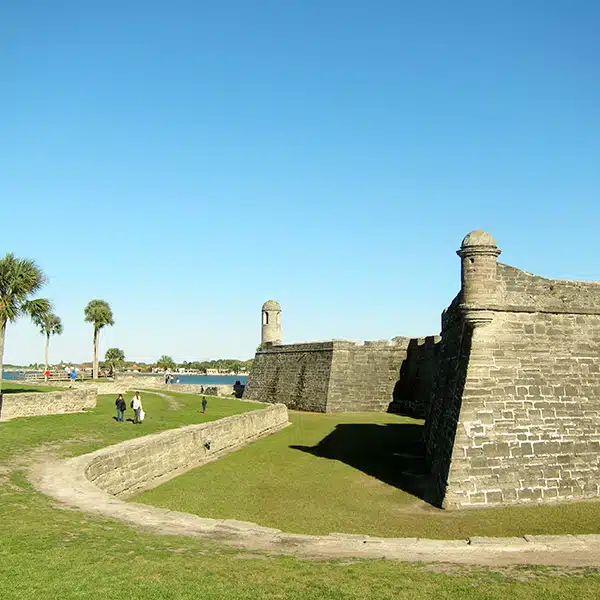
Archeologists have discovered many tools left behind by prehistoric civilizations. Most of these are made of stone, but in Spain, researchers have found incredible weapons made of rock crystal. Dating back to at least 3000 BCE, these weapons include an incredible crystal dagger that would have taken enormous skill to carve.
The incredible find was discovered in the megalithic tomb of Montelirio tholos, which is located in southwestern Spain. This enormous site is made from large slate slabs and stretches over 143 feet. It was excavated between 2007 and 2010; five years later, researchers from the University of Granada, the University of Seville, and the Spanish Higher Research Council published their study of the crystal tools. In addition to the dagger, they found 25 arrowheads and cores for making the weapons.
According to the study, rock crystal is commonly found in late prehistoric Iberian sites but is rarely studied in depth. To understand what purpose these special weapons may have had, we must first look at the context in which they were found.
What was found in the Montelirio tholos?

The remains of at least 25 individuals were found within Montelirio tholos. Previous analysis has suggested that at least one male and several females died from ingesting poison. The remains of the women were seated in a circular fashion in a chamber next to the bones of whom may have been the chief.
The tombs also contained many grave goods, including “shrouds or clothes made of tens of thousands of perforated beads and decorated with amber beads,” as well as ivory objects and fragments of gold blades. The crystal arrowheads were found together in a cluster, which leads the researchers to believe that they may have been a ritual offering.

And the dagger? It was found on its own in a separate chamber, “in association with an ivory hilt and sheath.” Measuring nearly 8.5 inches long, it's similar in shape to other daggers of the period. (Of course, the difference is that those daggers were made of flint and this one is formed from crystal.)
The Meaning of Crystal Weapons

Since there were no crystal mines nearby, the materials for these items would have been sourced from far afield. This contributes to the idea that they were intended for an elite few who would have been able to afford to gather such materials and have them shaped into weapons. It's also interesting to note that none of the weapons were ascribed to a single individual, but appear to have been for collective use.
“They probably represent funerary paraphernalia only accessible to the elite of this time period,” write the researchers. “On the other hand, rock crystal must have had a symbolic significance as a raw material invested with special meanings and connotations. The literature provides examples of societies in which rock crystal and quartz as raw materials symbolize vitality, magical powers, and a connection with ancestors.”
Though we can't be certain of their exact purpose, the discovery and study of these weapons continue to give a fascinating insight into the prehistoric cultures that roamed the Earth over 5,000 years ago.
h/t: [Daily Grail, Ancient Origins]
All images via Miguel Angel Blanco de la Rubia.
Related Articles:
2,500-Year-Old Chinese Sword Still Looks and Cuts Like New
6 Incredible Facts About the Prehistoric Altamira Cave Paintings
Legendary 1,000-Year-Old Katana Still Looks as Flawless as When It Was First Constructed
Scientists Reconstruct Neolithic Girl ‘Lola’ From DNA Found on 5,700-Year-Old Chewing Gum






















































































